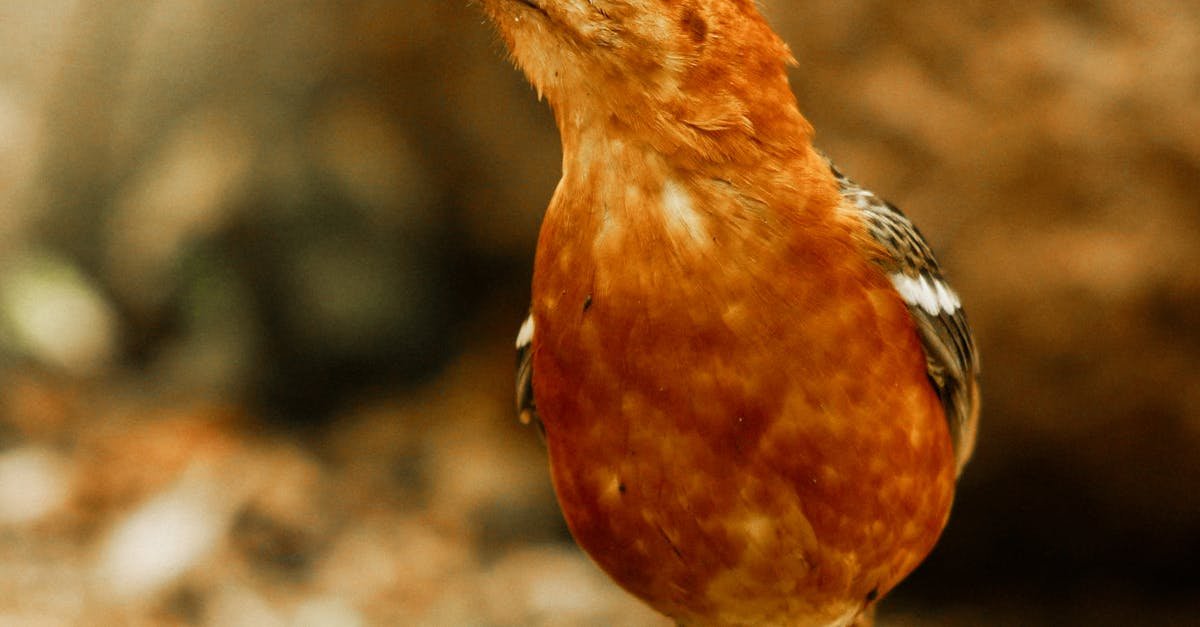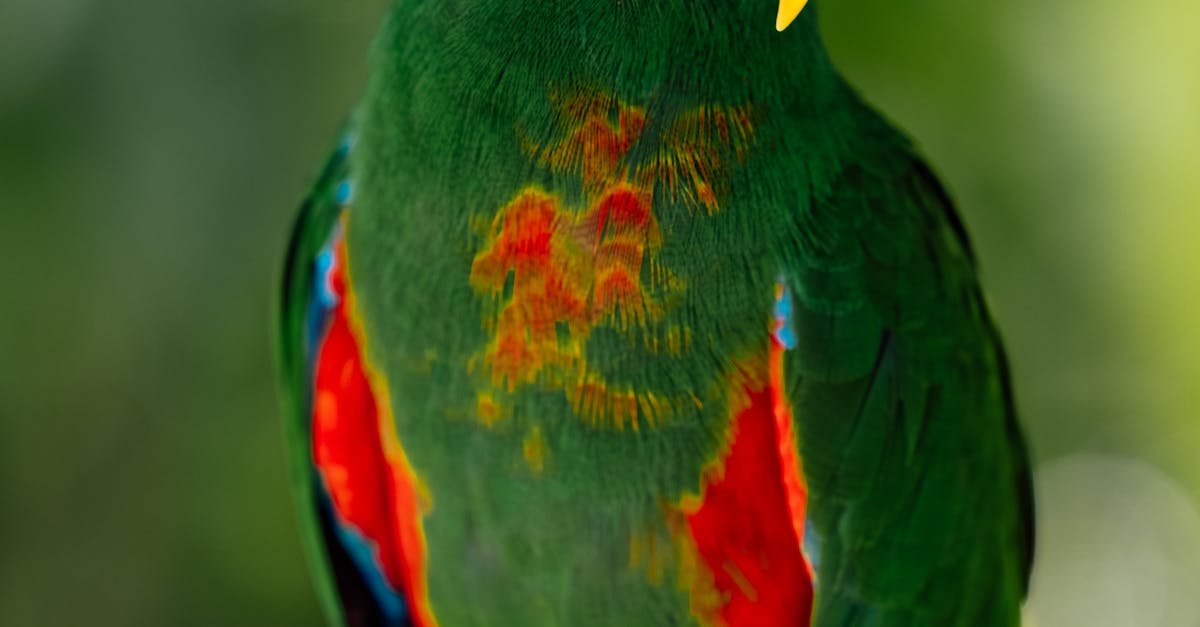Noise Levels of Different Birds
Birds vary significantly in their noise levels, which can impact your living situation. Smaller species like finches and canaries tend to be less vocally demanding, offering soft melodies that are often pleasing. In contrast, larger birds such as macaws and cockatoos can produce loud and frequent calls that may not be suitable for all environments, especially shared living spaces.
When considering a pet bird, it is essential to understand how each species communicates. Parrots are known for their mimicking abilities, which can be entertaining but also create a noisy atmosphere. On the other hand, certain species like doves and quails are generally quiet, making them more appropriate for individuals seeking a peaceful companion. Evaluating your tolerance for noise is crucial when selecting the right bird for your home.
This new blog post covers this topic in more detail.
Understanding Vocalization and Quietness
Birds are known for their vocalizations, which can vary significantly between species. Some birds, like cockatiels and lovebirds, are relatively quiet and may only chirp occasionally. Others, like parrots, can be quite vocal and may produce a range of sounds, from whistles to complex mimicking. When selecting a bird, it’s essential to consider your tolerance for noise. For instance, smaller birds might have softer sounds, but their continuous chirping can still contribute to a lively household atmosphere.
Recognizing that vocalization is not solely about volume is also important. Birds communicate in various ways, including chirps, squawks, and songs. Each sound can indicate different emotions or needs. Owners should be attentive to these signals to understand their pet’s well-being. Quietness can sometimes be a sign of stress or illness rather than contentment, making it vital for bird owners to observe their pet’s behavior closely and respond appropriately.
Training Your Pet Bird
Training a pet bird requires patience and consistency. Establishing a routine can help your bird feel secure and more receptive to learning. Start with simple commands like “step up” or “down,” which are essential for handling your bird safely. Positive reinforcement is key; use treats or praise to encourage desired behaviors. This method helps your bird associate training with positive experiences, making them more likely to engage and respond.
Socialization plays a critical role in training as well. Regular interaction with your bird can help them become more comfortable with human presence and handling. Spend time talking to your pet, allowing them to explore a secure, supervised environment. Gradually introduce new stimuli, such as different sounds or objects. This approach not only aids in training but also nurtures a strong bond between you and your pet bird.
Effective Techniques for Obedience
Establishing a routine is crucial for training your pet bird. Birds thrive on predictability, which helps them understand what to expect during training sessions. Consistency in commands and cues provides them with a clear framework to follow. Training should be short but frequent, ensuring that the bird remains engaged and retains the information being taught. Positive reinforcement serves as an excellent motivator, where treats or praises are given immediately after a desired action is performed.
Using a clicker can enhance training effectiveness as well. The sound of the click marks the exact moment a bird performs the desired behavior, allowing for precise communication. Gradually, you can increase the complexity of the tasks as the bird becomes more skilled. Patience is key in this process. Some birds may take longer to learn than others, and a nurturing approach encourages trust and willingness to learn.
Health Care for Pet Birds
Regular health check-ups are crucial for pet birds. Just like any other pet, birds can experience health issues that may go unnoticed without proper observation. Signs of illness may include changes in eating habits, feather condition, or behavior. Routine vet visits can help catch problems early and ensure that your bird receives necessary vaccinations.
Diet plays a significant role in a bird’s overall health. A balanced diet tailored to the specific species ensures they receive essential nutrients. Fresh fruits and vegetables should be a staple alongside high-quality pellets. Clean drinking water must always be available, and regular cage cleaning helps prevent infections and other health concerns. Keeping a close eye on your feathered friend’s daily habits contributes significantly to their well-being.
Common Health Issues and Prevention
Pet birds can experience a range of health issues, often stemming from their environment and diet. Common problems include obesity, feather plucking, respiratory infections, and beak deformities. A poor diet lacking essential nutrients may lead to obesity and related health complications. Exposure to drafts or pollutants can trigger respiratory problems, while stress and boredom can cause behavioral issues such as feather plucking. Regular observation of your bird’s behavior is crucial for early detection of potential health concerns.
Preventative measures play a significant role in maintaining your bird’s well-being. Providing a balanced diet rich in vitamins and minerals is essential for preventing obesity and malnutrition. Ensure your pet has access to clean water and a varied diet, including fresh fruits and vegetables. Creating an enriching environment with toys and social interaction helps reduce stress and behavioral issues. Regular veterinary check-ups can help catch potential health problems early, ensuring that your feathered friend remains healthy and happy.
Please be sure to check out The Complete Guide to Wild and Pet Bird Care: Tips, Products, and Resources
FAQS
What factors should I consider when choosing a pet bird?
When choosing a pet bird, consider factors such as noise levels, size, lifespan, social needs, and care requirements. It’s essential to choose a bird that fits well with your lifestyle and living situation.
Are there any bird species known for being quiet?
Yes, some bird species are known for being quieter than others. For example, finches and canaries tend to have lower noise levels compared to larger parrots, which can be quite vocal.
How can I train my pet bird effectively?
Effective training techniques include positive reinforcement, consistency, and patience. Start with basic commands, reward your bird with treats for good behavior, and gradually introduce more complex tasks.
What common health issues should I be aware of for my pet bird?
Common health issues in pet birds include feather plucking, respiratory problems, and nutritional deficiencies. Regular veterinary check-ups and a balanced diet can help prevent many health problems.
How can I ensure my pet bird remains healthy?
To keep your pet bird healthy, provide a balanced diet, ensure regular exercise, maintain a clean living environment, and schedule routine veterinary visits for health checks and vaccinations.
Related Links
Top Bird Species for Pet Owners
What is the most high maintenance bird?
What is the most cuddly pet bird?
What pet bird is low maintenance?
Which is the friendliest bird?
What birds bond best with humans?
What is the best beginner bird to talk?
What is the least aggressive pet bird?
What pet bird has the most personality?
Which is the cleanest bird?

My name is Shane Warren, the author behind Chirping Birds Hub – your ultimate guide to the wonderful world of birds! Unleash your inner avian explorer as we delve into a vibrant library of knowledge dedicated to all things feathered. From learning about diverse bird species from across the globe to understanding their captivating habitats and behaviors, I’m here to fuel your passion for these magnificent creatures. Not only that, but I also provide valuable insights on being a responsible and informed pet bird owner. Join our vibrant community and let’s celebrate the feathered wonders of the world together – one chirp at a time.


